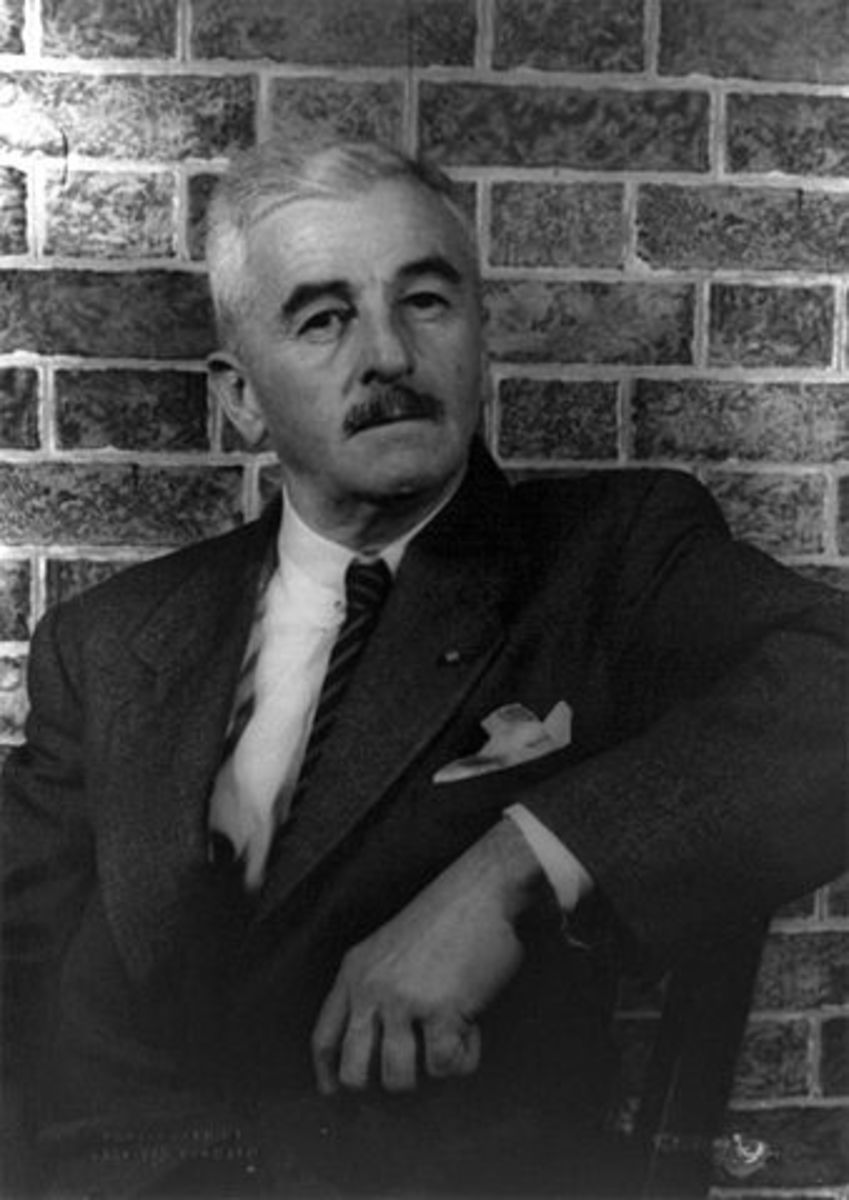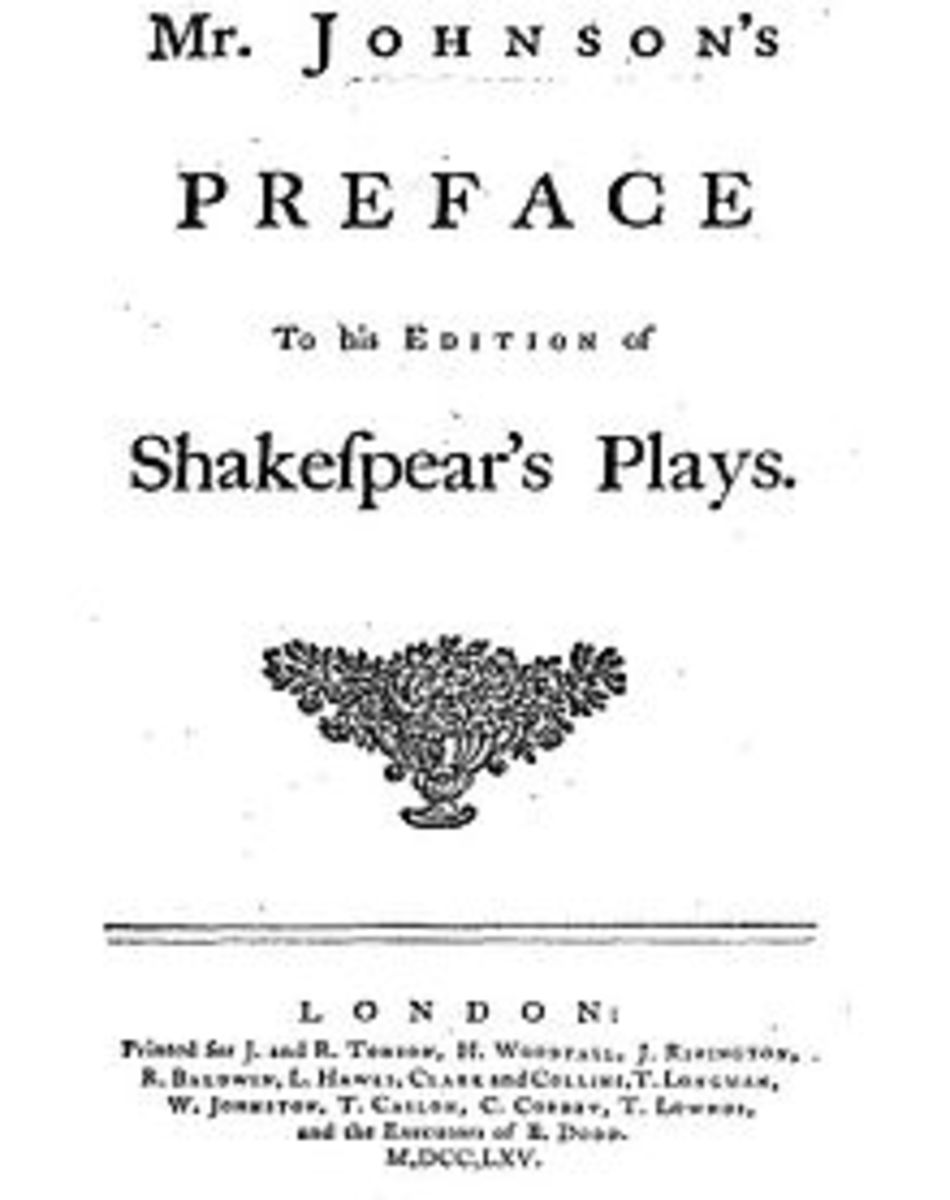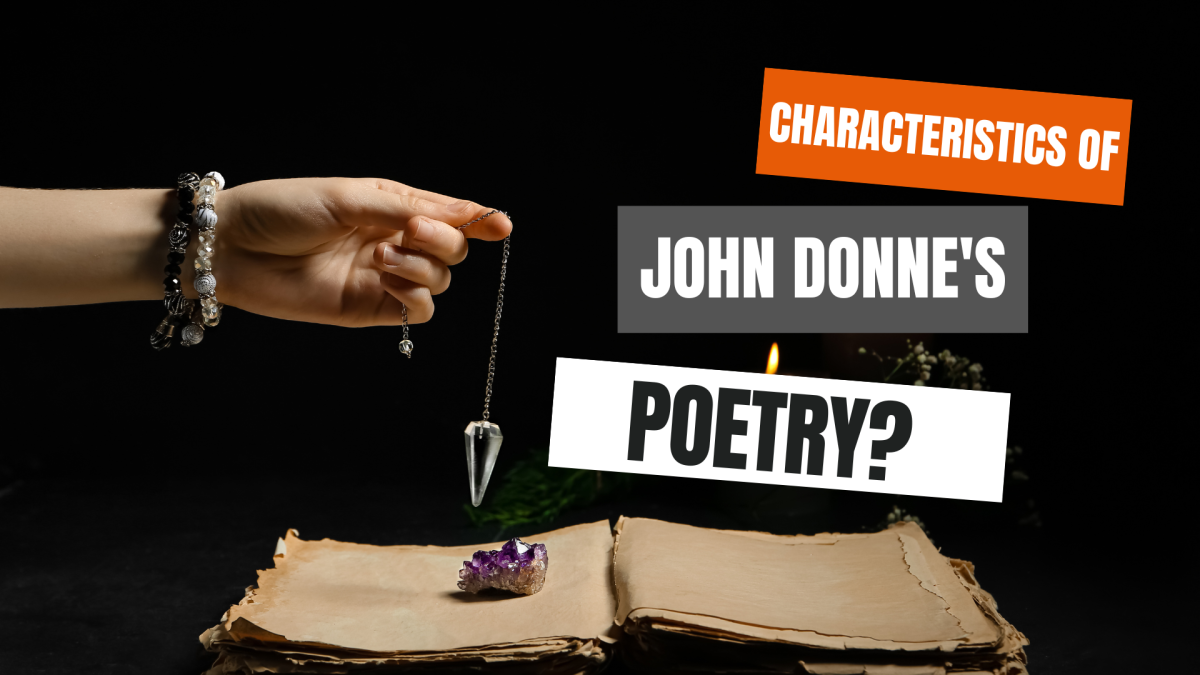Treatment of Time in Virginia Woolf's "Mrs Dalloway"
Time and Clock: The Recurrent Motifs
In Virginia Woolf's "Mrs. Dalloway," the treatment of time and the presence of clocks serve as integral motifs that not only structure the narrative but also delve into the complexities of human consciousness and memory. Through the recurring sound of clocks striking and the delineation of time into specific divisions, Woolf intricately weaves together the external and internal temporal landscapes of her characters' lives.

Time: Progression or Repetition?
The repeated sound of clocks striking, resonating fifteen times throughout the novel, serves as a rhythmic backdrop against which the events unfold. Accompanied by images of "leaden circles dissolved in the air" and "the sound fading up there among the gulls," these clock chimes mark distinct moments in time, creating a sense of temporal progression. The nine divisions of time, ranging from 10:00 to 9:00, reveal a pattern of halving and repetition, mirroring the ebb and flow of the characters' experiences within the narrative.
Time and Characters
There is a notable correlation between these time divisions and the alternating appearances of characters in the novel. While each clock sound prompts a shift from one character to another, there are instances where shifts occur without accompanying clock chimes. Nevertheless, the functional relationship between time and character consciousness remains consistent, highlighting Woolf's exploration of how individuals perceive and experience time within their own minds.
MEMORY, CONSCIOUSNESS and TEMPORALITY
Woolf's theory of the "discrepancy between time on the clock and time in the mind," as elucidated in "Orlando," finds resonance in the temporal structure of "Mrs. Dalloway." Despite the external action of the novel spanning only seventeen hours, the characters' internal experiences encompass a much broader temporal landscape, spanning approximately sixty years of memories and reflections. This juxtaposition of external and internal time underscores Woolf's thematic exploration of memory, consciousness, and the fluidity of temporal experience.
The expansion of the past within the characters' minds as the present moment shortens is a central motif in the novel. As the narrative progresses, the recounting of past memories becomes more pronounced, filling the gaps between the delineated time divisions marked by the clocks. For example, the detailed account of Lady Bruton's luncheon spans a mere ninety minutes in external time but occupies twenty-four pages, while a fifteen-minute walk from Regent's Park to Harley Street is summarized in the same space. This discrepancy underscores Woolf's thematic emphasis on the subjective nature of time and the ways in which individuals construct their own temporal realities through memory and reflection.

Time and Narrative
In addition to the temporal structure of the narrative, Woolf also imbues the novel with specific temporal markers, such as the date (Wednesday, mid-June, 1923) and the three appointments around which the action revolves. These temporal signifiers serve to anchor the narrative within a specific timeframe while also highlighting the characters' preoccupation with time and temporality.
In conclusion, Virginia Woolf's treatment of time and clocks in "Mrs. Dalloway" is a multifaceted exploration of temporal experience, memory, and consciousness. Through the recurring motif of clock chimes, the delineation of time divisions, and the interplay between external and internal temporal landscapes, Woolf crafts a narrative that invites readers to contemplate the complexities of human temporality and the ways in which individuals navigate the passage of time within their own minds.

Tell about your choice here
Which character appeals to you most in Mrs Dalloway?
© 2024 Monami





